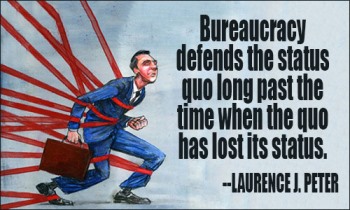I like this post by Om Swami on loneliness. “It’s a blessing if you can harness it and be inspired while reveling in it. If not, it is the root cause of persistent restlessness and emptiness.” In this post he quotes Matt Haig and some of this quote resonates.
 Loneliness happens to most of us, at times. And it happens even though in our world we may have the feeling that it should happen less often thanks to the connections and constant opportunities for connection and entertainment. “In theory, it has never been easier to not be lonely. There is always someone we can talk to online. If we are away from loved ones then we can Skype them. But loneliness is a feeling as much as anything.”
Loneliness happens to most of us, at times. And it happens even though in our world we may have the feeling that it should happen less often thanks to the connections and constant opportunities for connection and entertainment. “In theory, it has never been easier to not be lonely. There is always someone we can talk to online. If we are away from loved ones then we can Skype them. But loneliness is a feeling as much as anything.”
How can we deal with loneliness? “I think the American writer Edith Wharton was the wisest person ever on loneliness. She believed the cure for it wasn’t always to have company, but to find a way to be happy with your own company. Not to be antisocial, but not be scared of your own unaccompanied presence.”
So, find a way to be happy with your own company!











